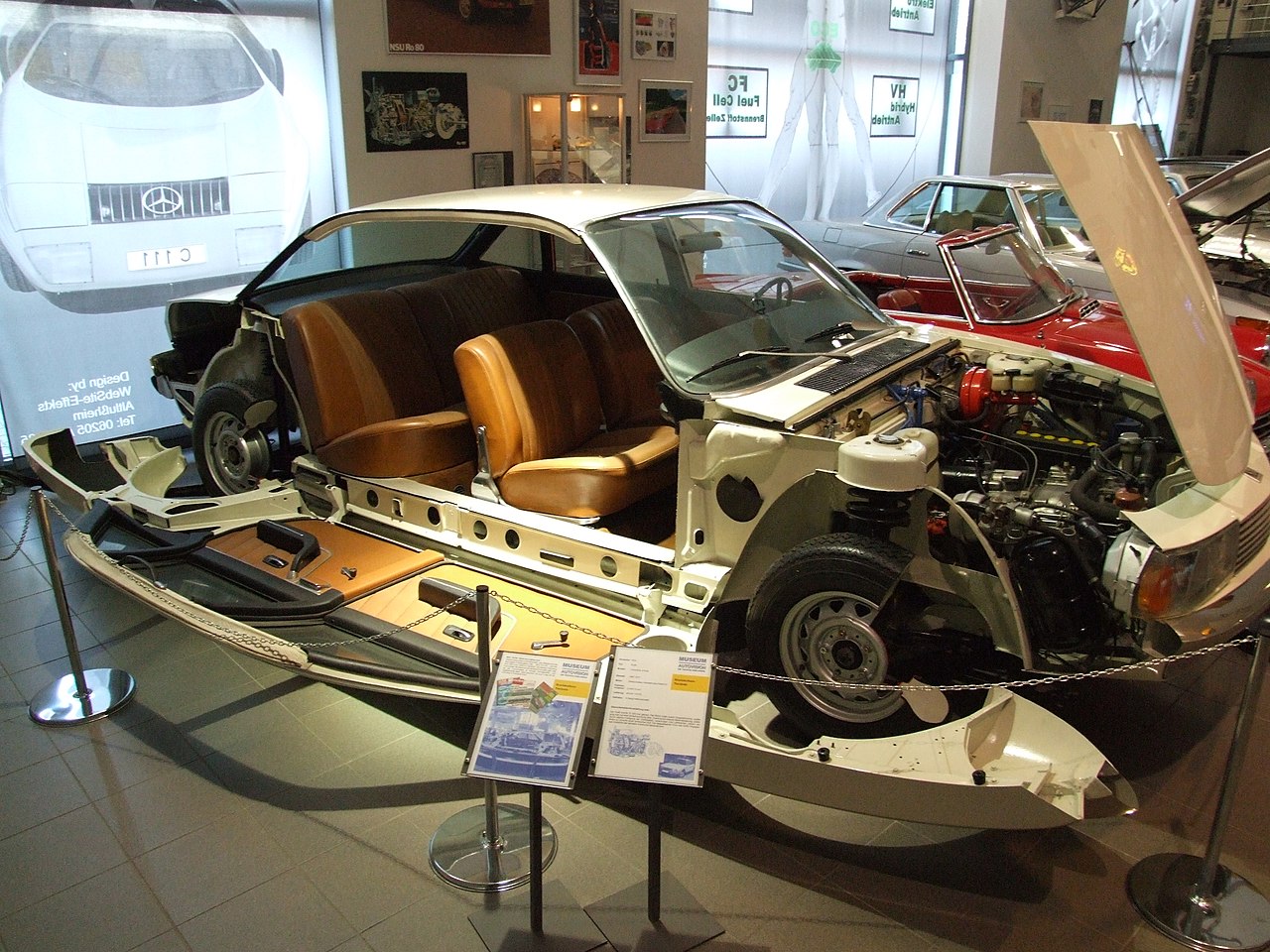grober
MB Master
Posted elsewhere but may be of interest to R107 diehards. A couple of pictures of Felix W***els personal rotary engined SL.
FROM http://porschecarshistory.com/wp-content/old/Mercedes/****el/
FROM http://porschecarshistory.com/wp-content/old/Mercedes/****el/
Last edited:

 complicated by the fact some ****el engines have two spark plugs- don't know about Mercedes designs.
complicated by the fact some ****el engines have two spark plugs- don't know about Mercedes designs. 
